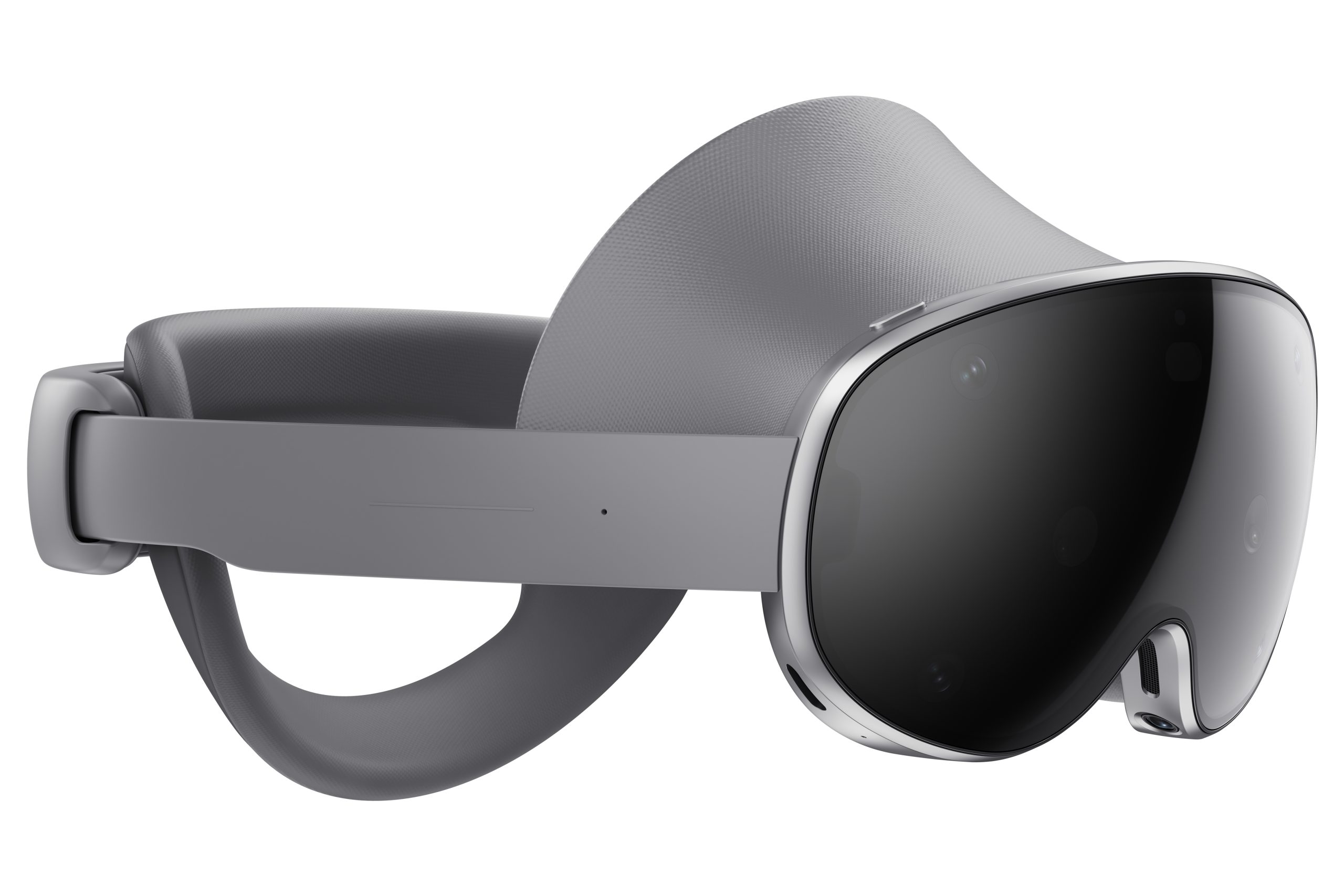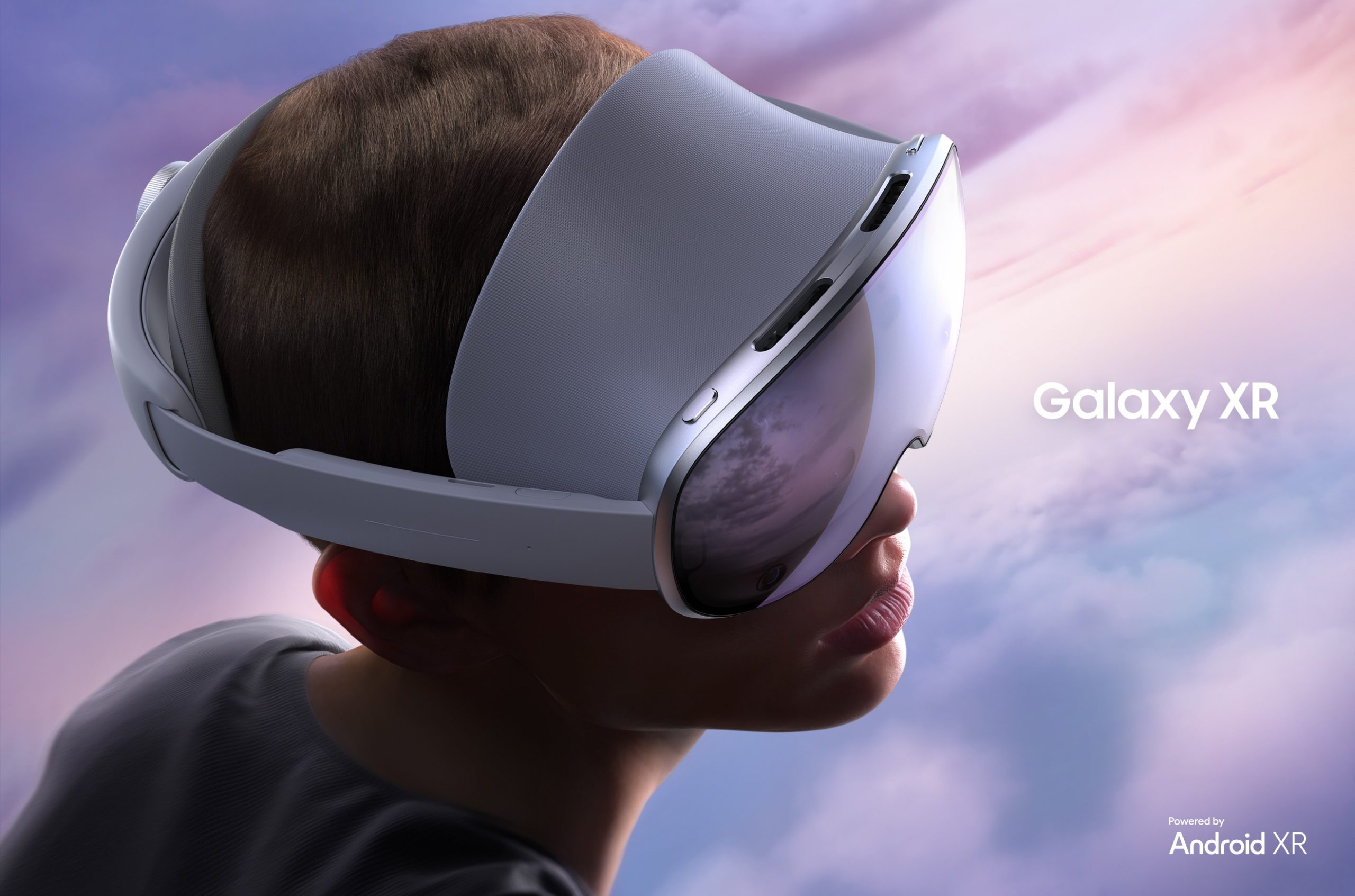Samsung’s new Galaxy XR comes with a price tag of $1,799.99 — and that’s not including optional controllers or a travel case that will likely be purchased by many customers, bringing the out-the-door cost to around $2,300.
Our poll puts a very simple question with heavy implications: does this price feel at odds with reality, or is it really fair for a first‑generation mixed reality headset?
- Understanding the early adopter premium on first‑gen XR
- How the Galaxy XR price compares to rivals and benchmarks
- The real cost beyond the sticker price for Galaxy XR buyers
- Do launch bonuses and bundles meaningfully tip the scale?
- Who this headset is really for in the real world
- How we frame this poll and what we want you to consider

On paper, the package is aimed at enthusiasts who demand high‑end displays, robust mixed reality passthrough, and a top‑tier Snapdragon XR chipset. In reality, price perception depends on what you are going to do with it, how it stacks up against rivals, and whether the bundled perks really balance out the spend.
Understanding the early adopter premium on first‑gen XR
First‑gen headsets often have something of what economists might call a “scarcity and complexity tax.” High‑resolution microdisplays remain costly to procure and integrate at scale, as do pancake optics, spatial sensors, and custom silicon. Display industry analysts have long pointed out that high‑resolution compact panels and lenses are some of the most expensive parts in XR, which is another reason why early units aren’t priced to move.
Then there’s the intangible: you’re contributing to the platform’s early momentum. Developers require an expanding, active user base to motivate investment in better apps. You’re paying to be early, and you’re contributing to priming the pump of the app ecosystem — but that doesn’t feel quite so much like value when what you want is just an inexpensive piece of entertainment hardware.
How the Galaxy XR price compares to rivals and benchmarks
At $1,799.99, the Galaxy XR is cheaper than Apple’s entry in this space — which began at $3,499 before add‑ons such as prescription inserts.
It’s still an order of magnitude more expensive than mass‑market options like Meta’s Quest 3, which begins in the mid‑hundreds. A middle ground — higher‑end or enterprise‑leaning headsets such as HTC’s Vive XR Elite — also exists, depending on bundles and business features.
Context matters: shipped volume is still in the single‑digit millions globally, yearly, according to IDC’s latest estimates of the AR/VR market (which Meta has been dominating due to lower prices and a more aggressive content strategy). That implies premium mixed reality headsets occupy a far tighter band — toward power users, developers, and professionals who want more fidelity in what they see, not the general gaming mainstream.
The real cost beyond the sticker price for Galaxy XR buyers
Accessories change the math. The protective case and, it looks like, a pair of motion controllers are going to cost you — around $500 in extras if you go for both. Content accumulates too: premium apps, creative tools, and games can quickly run up your budget through the first year. Many buyers also add accidental damage protection; the extended warranties on high‑end headsets aren’t trivial.

Don’t forget vision correction. Apple’s answer is to sell you custom inserts at additional cost, and while this varies per device, prescription adapters or custom face interfaces are among common XR fees. Total cost of ownership is the figure that matters — and it is often more than the launch price leads consumers to believe.
Do launch bonuses and bundles meaningfully tip the scale?
There is an “Explorer”-style bundle worth up to $1,000 for early adopters, ranging from services like YouTube Premium and Google Play Pass to a lineup of XR titles, as well as a YouTube TV trial at a discount including sports content such as NBA League Pass.
Those perks can cushion the blow if you would already pay for them, but they’re worth only as much as your real usage.
Financing helps some buyers, too. A 12‑month, $149‑a‑month plan makes the commitment feel more like an operating expense than a lump‑sum hit. Still, financing does not alter the ultimate price; it just spreads that pain out.
Who this headset is really for in the real world
The pitch is clear: a lighter, more comfortable mixed reality device than some previous flagships, with high‑resolution panels and a Snapdragon XR2‑class processor to run demanding apps. Battery life in the two‑to‑three‑hour range doesn’t suit full‑day use but does fit short creative sessions, media watching, and mixed reality play. That’s often enough to rationalize the spend for creators, productivity enthusiasts, and developers. People who use it casually might get a better cost‑to‑fun ratio out of a mid‑range headset.
How we frame this poll and what we want you to consider
We want to hear where you fall into three different categories: too expensive, fair price, or great value. Think about the big picture — accessories, services, and how you expect to use them. Do you want the latest spatial apps, great virtual screens for remote working, and top‑end mixed reality games? Or are you really most interested in simply getting your hands on a solid VR system at the lowest price out there?
Vote in the poll and share your reasoning below. In a market where most headsets sell on affordability, premium gear has to justify itself with superior optics, comfort, and software. Let us know if the Galaxy XR clears that bar — and is the price right for what it promises?

